KPA team members recently attended the National Safety Council (NSC) Congress & Expo, bringing back valuable insights on workplace safety, emerging trends, and industry best practices. We got together after the event to chat, and here’s a summary of the key learnings:

An Emphasis on Serious Injury and Fatality (SIF) Prevention
There’s a growing focus on preventing serious injuries and fatalities (SIFs) in the workplace. While overall incident rates have decreased, fatalities haven’t shown the same decline. This has led to a push for better analysis of near-misses and potential SIF scenarios.
John noted, “The trend that I was hearing was that while incident rates as a whole have been declining, the rate for fatalities has not seen the same drop. This conference really emphasized [SIFs] and how to prioritize them in the assessment phase of our safety programs.”
Zach added insight on OSHA’s recent SIF reporting: “One of the interesting things I took away from that reporting is that it doesn’t completely match up with OSHA’s top ten list of most cited standards.” This suggests a potential shift in focus for safety professionals and regulators.”
Effective Safety Communication: Meetings, Storytelling, and Collaborative Approaches
A recurring theme at the NSC conference was the importance of effective communication in safety programs. This encompasses how safety meetings are conducted, the power of storytelling, and the approach safety professionals take when interacting with employees.
Running Engaging Safety Meetings
Blake attended a session on how to conduct a more effective safety Committee meeting. The key takeaway was the importance of making employees want to be safe rather than feeling forced into compliance. This approach fosters a better safety culture overall.
John emphasized the importance of focusing on high-impact issues with a great analogy: “When refinishing a car, we don’t start with sandpaper in the 1000 grit at the outset. We start with 80 grit, get the heavy stuff knocked off before you start worrying about polishing.” This analogy underscores the need to prioritize the most critical safety concerns in meetings and communications.
The Power of Storytelling in Safety
Zach highlighted a session on storytelling in safety communication. “Storytelling is, you know, a skill that every good safety professional should have,” he noted. The session outlined three key components of effective safety stories:
- Character building
- The main point or lesson
- A follow-up summary
Zach emphasized that good storytelling helps relate safety concepts to personal experiences, making them more impactful and memorable.
Thanks to the KPA team members who joined the conversation:
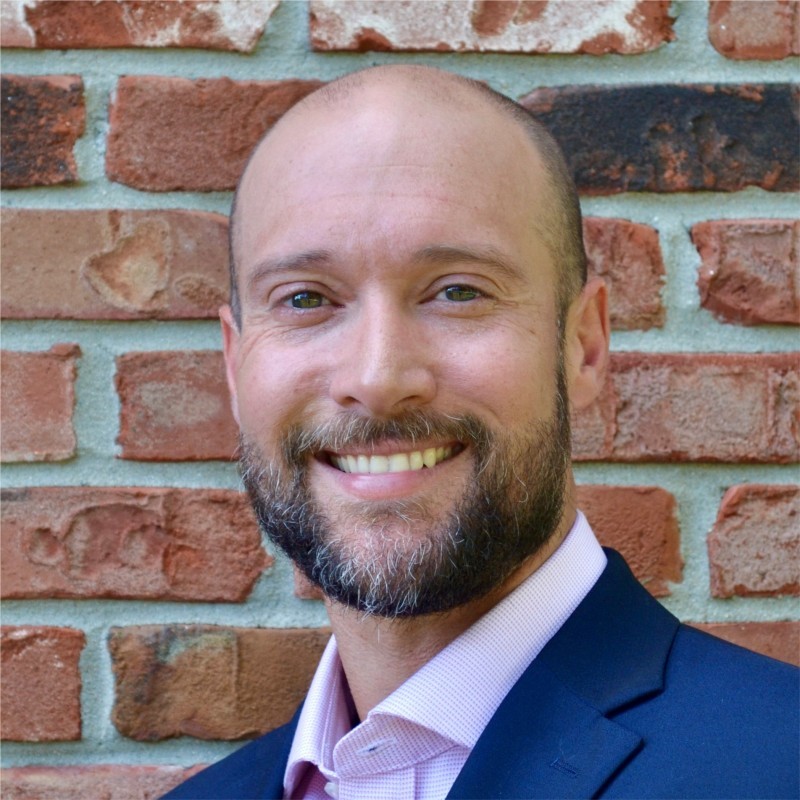
Zach Pucillo is KPA’s EHS compliance manager, tasked with researching and interpreting existing and new regulations related to general industry.
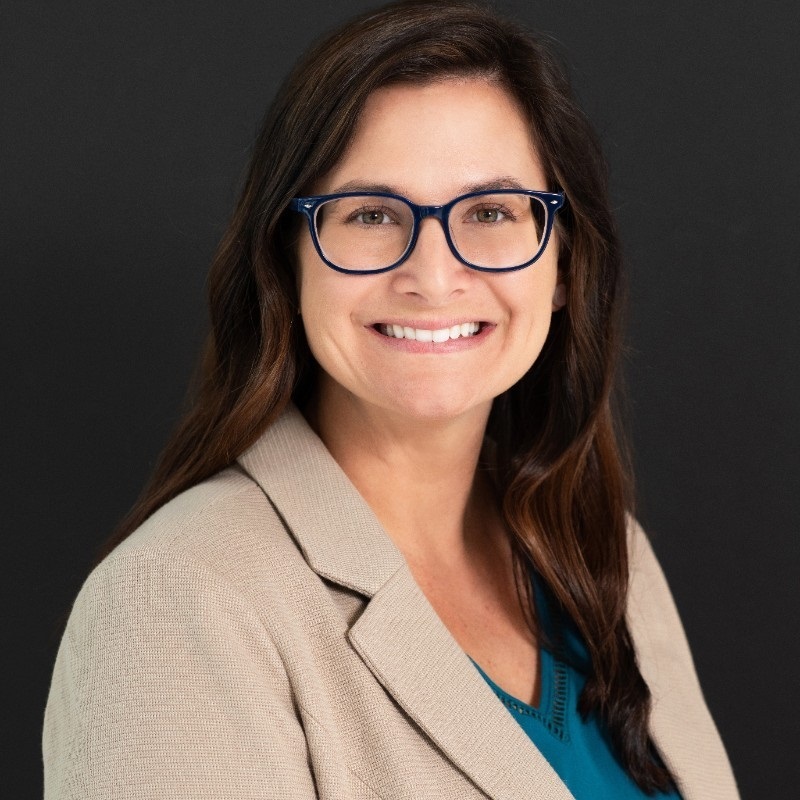
Stephany Birkholz joins Zach as KPA’s Regulatory Project Manager, where she deeply researches and interprets existing and new regulations.
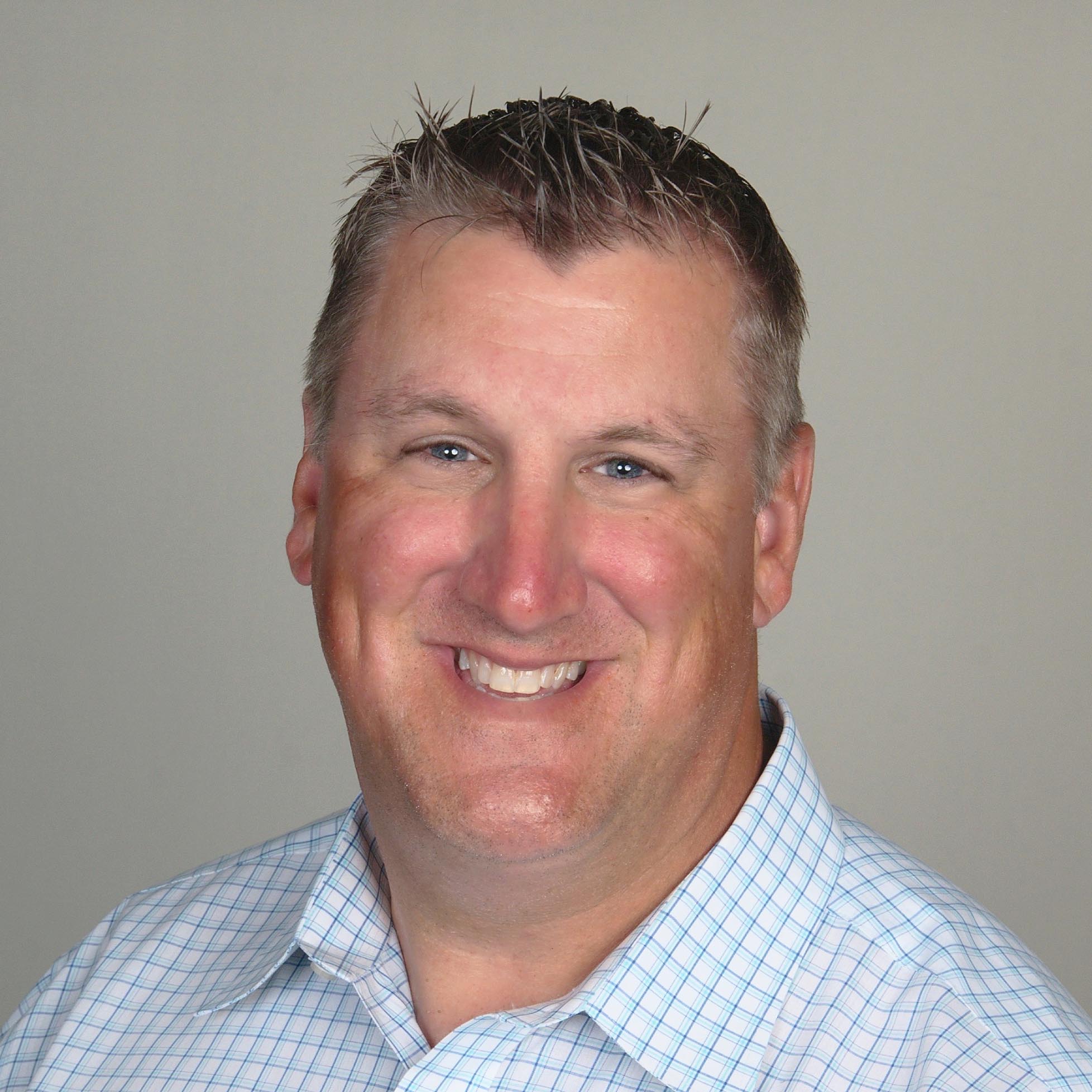
As Director EHS Field Services, Mike Tanguay leads a East Region team of EHS field consultants.
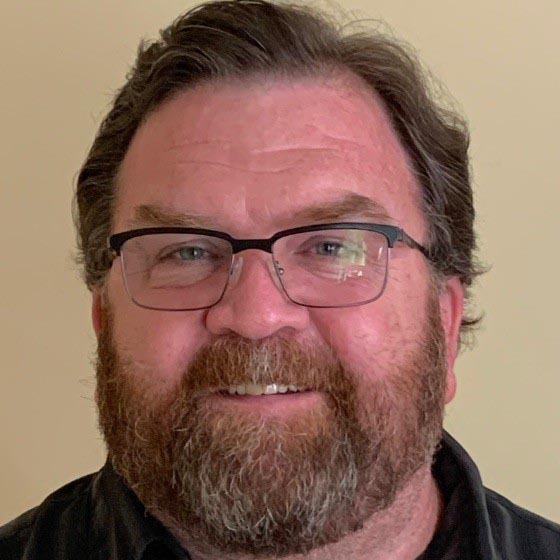
As a Team Supervisor of KPA field consultants in the Mid-Atlantic, John Heiler helps KPA clients protect their people, assets, and reputation.
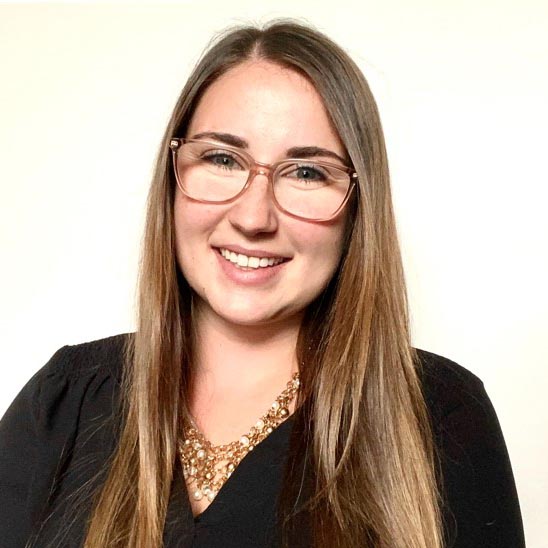
Blake Shea is a risk management consultant who helps organizations in the Southeast improve their safety and compliance.
Moving Beyond the “Safety Cop” Mentality
Several sessions touched on the importance of moving away from a punitive “safety cop” approach towards a more collaborative, consultative style of safety management.
John mentioned a session titled No One Likes a Safety Cop, which aligned with his team’s direction: “We don’t want to be pencil whipping clients with trivial issues. We want to be consultants, not auditors.”
This approach ties into the idea of making safety meetings more engaging and using storytelling effectively. By focusing on collaboration and education rather than strict enforcement, safety professionals can create a more positive safety culture where employees are intrinsically motivated to follow safe practices.
The combination of engaging safety meetings, powerful storytelling, and a collaborative approach creates a more effective and sustainable safety program. This aligns with KPA’s mission to help organizations keep people safe and elevate compliance in a way that resonates with employees at all levels.
Importance of C-Suite Involvement in Safety
One notable presentation highlighted the significance of top-level management involvement in safety initiatives. A construction company shared their process of having C-suite executives participate in on-site safety checks and discussions.
Zach elaborated, “They have even built forms into their safety software that function as a checklist for their senior management when they go onsite. For example, the CEO may arrive on site, and the form reminds them to attend a stretch and flex session, participate in a toolbox talk, and recognize a team member for demonstrating safe behavior.”
Mental Health and Substance Abuse in the Workplace
A significant theme at the conference was the importance of addressing mental health and substance abuse issues in workplace safety programs.
Mike highlighted this trend: “From a perspective of not only mental health, but also opioids and drugs in the workplace and being conscious of that from a safety perspective…You know, risk lives in the future, not necessarily the present, and we need to be mindful of that.”
The discussion emphasized the need for a more holistic approach to workplace safety, considering not just physical hazards but also psychological well-being and the impact of substance abuse on safety outcomes.
Stephany noted, “Psychological safety was a big topic,” indicating a growing recognition of mental health as a crucial component of overall workplace safety.
KPA’s Strong Presence
The KPA team was proud of the company’s presence at the conference. John remarked on great conversations taking place at the KPA booth, saying, “When you saw the booth, it really did look like KPA was the company you wanna talk to, if you’re gonna get serious about safety versus some of the smaller setups.”
Stephany mentioned, “We had quite a few people who saying, hey, we’re experiencing really rapid growth and we realized we need to do something. And, lots of conversations surrounding people still using spreadsheets. They’re looking for something to help automate a lot of processes.”
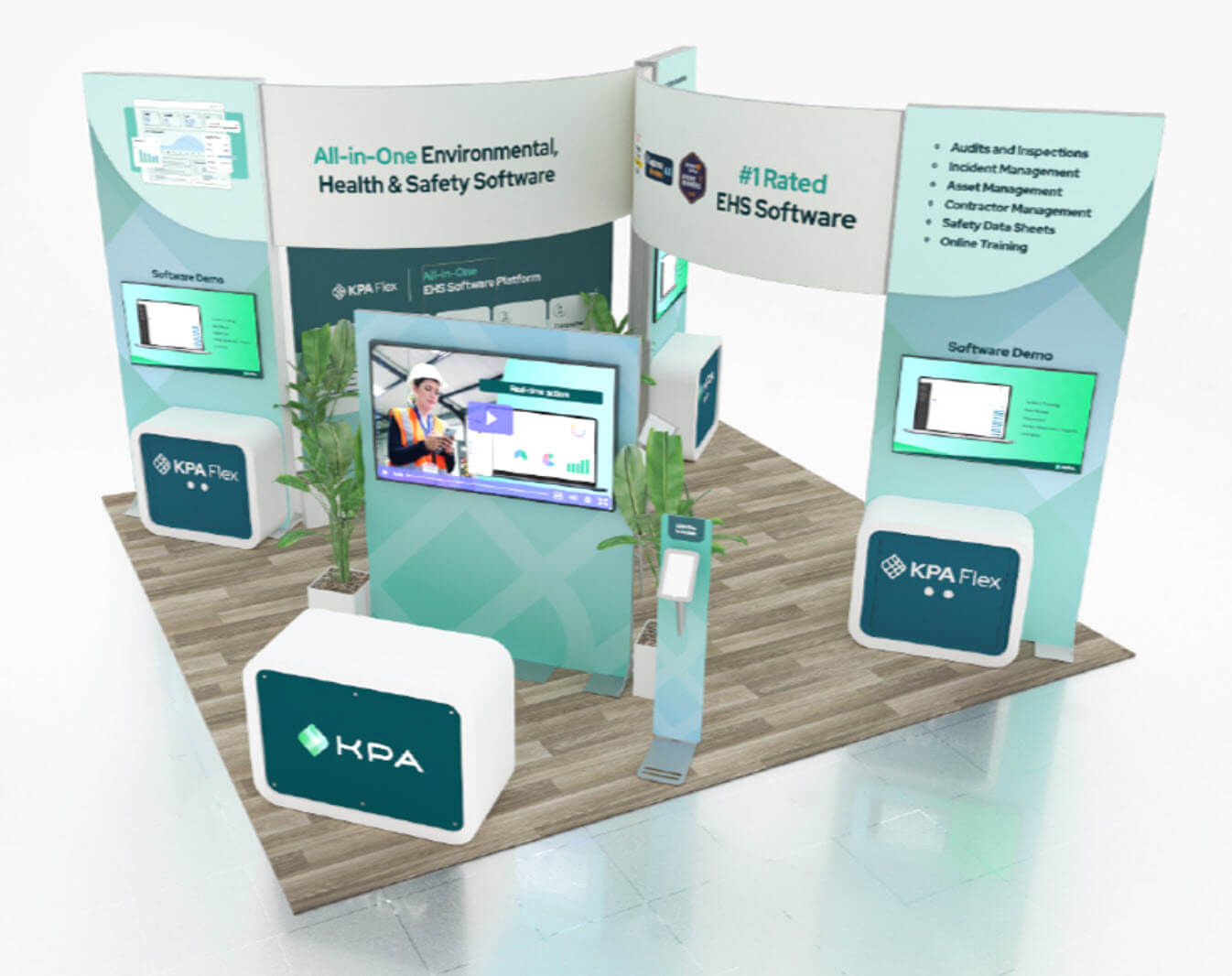
These insights from the NSC conference reinforce KPA’s mission to help organizations keep people safe, protect their business, and elevate compliance.
By staying abreast of industry trends and best practices, KPA continues to provide innovative solutions in Environment, Health & Safety (EHS) and workforce compliance. For more information on how KPA can help your organization improve safety outcomes and lower risk, contact us >
Related Content
Explore more comprehensive articles, specialized guides, and insightful interviews selected, offering fresh insights, data-driven analysis, and expert perspectives.
